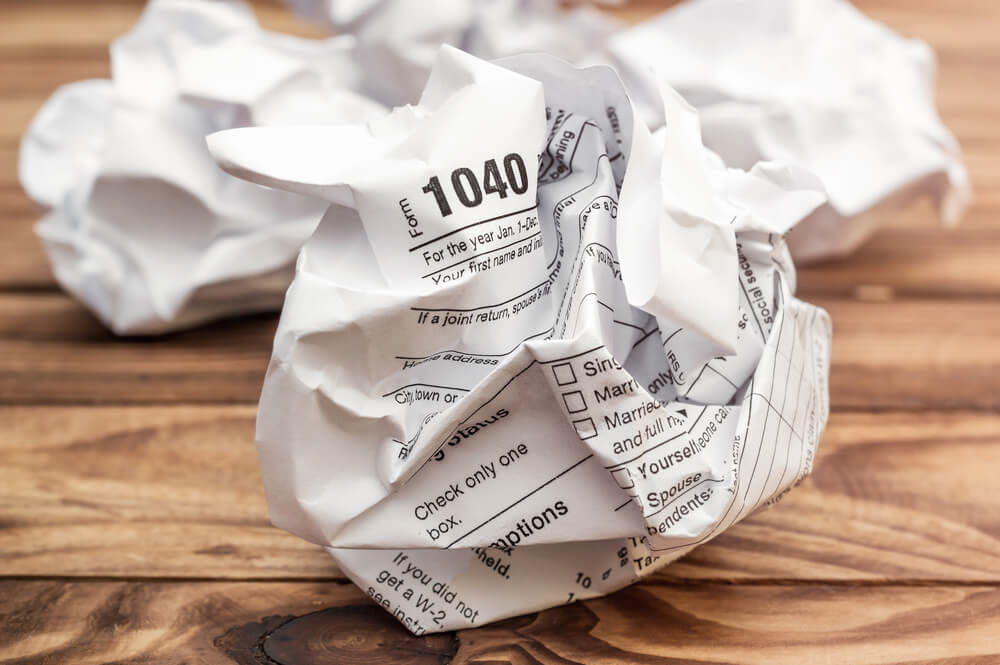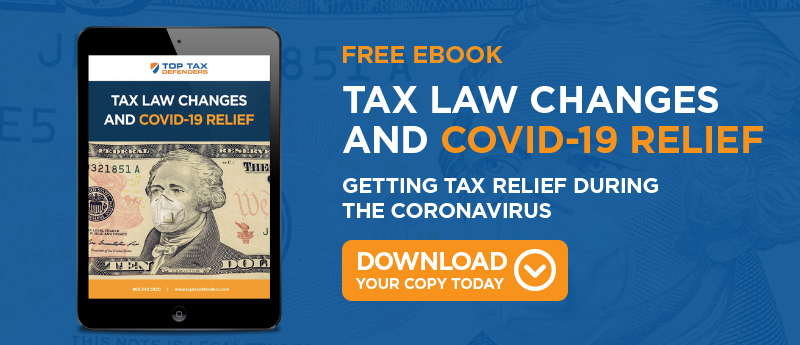
So, you need to amend a tax return. Well, we all make mistakes. And sometimes documents show up after you try to be proactive about filing your tax return.
That’s OK. Amending a tax return isn’t any worse than doing your taxes in the first place. All you need is the right IRS form and a little time. However, there are a few things you should know before you send it off.
Here’s what you need to know.
When to Amend a Return
You should amend your return if you need to any of the following:
- To correct your filing status
- To correct the number of dependents you claimed
- To correct the deductions or credits you claimed (or forgot to claim)
- To correct your total income
- To correct for claimed premium tax credits
- To fix any error other than simple math or clerical errors
That last point should bring relief if you think you just miscalculated or made a typo. The IRS will go ahead and fix those for you. You don’t have to send yet more paperwork for them to process.
What about total income — why would you need to correct that? Sometimes, W-2s and 1099s show up late. You already filed your return, and now you have this extra money that didn't get counted. And the IRS knows about it.
Not to worry. An amended return can fix it.
But what is this thing about a premium tax credit? It may mean you forgot to include Form 8962, Premium Tax Credit, so you can get a credit to help cover your health insurance premiums from the insurance you bought through the Health Insurance Marketplace. It’s a refundable credit available to eligible individuals and families.
If you receive a letter from the IRS regarding Form 8962, don’t panic. Just follow all the instructions in the letter.
BTW — if you need to amend your federal tax return, don’t forget to amend your state tax return, too, if applicable.
When Do You NOT Have to Amend a Return?
As we mentioned above, if you made some simple math errors, don’t sweat it. The IRS usually corrects those errors when processing your original return. They even accept some clerical errors and even a few missing forms and schedules.
If the IRS needs something, they’ll let you know through the US Mail. They won’t call or email you. If you receive a phone call or email claiming to be from the IRS, it’s highly likely to be a scam. Don’t fall for it.
Another time you don't have to amend your return is if you receive a corrected Form 1095-A Health Insurance Marketplace Statement. Suppose you or anyone on your return is enrolled in qualifying healthcare coverage through the Health Insurance Marketplace. In that case, you should receive Form 1095-A around the same time you receive your other tax documents.
If you filed based on the original 1095-A and receive a corrected one, don’t worry about it. There’s no need to amend your return for that, even if it shows you would owe additional taxes based on the new information. However, you can file one anyway if you like. It may lower the amount you owe or increase your refund. It’s up to you.
How to Amend a Tax Return
Amend a tax return using Form 1040-X. That sounds ominous, doesn’t it? Form 1040X amends a previously filed tax return. You can use it to amend any of the following tax forms:
- 1040
- 1040-SR
- 1040A
- 1040EZ
- 1040-NR
- 1040-NREZ
If you initially filed using tax software, you can probably use the same electronic service to file the 1040X.
Also, starting with the tax year 2019, you can e-file the 1040X. Any returns before 2019 need to be done the old-fashioned way — with paper, an envelope, and stamps. You will have to mail it through the US Postal Service.
Of course, you could do it that way if you choose for 2019 and after. It’s always an option.
Be sure to check the form to ensure you mail it to the correct address.
Form 1040X
Form 1040X is used to:
- Amend a previously filed federal tax return
- To amend a return to change amounts the IRS previously adjusted
Make sure to check the box at the top that indicates the tax year you are amending. The form has three columns.
- Column A - for the amount of the original return
- Column B - where you show the net increase or decrease for the amounts you change
- Column C - for the corrected amounts
Now, flip the form over and explain what you are changing and why.
While you are amending your original return, go back over it with an eye toward anything else you might need to fix, like deductions, credits, withholding, exemptions, or income you might have missed the first time. It’s best to get everything at one go.
Also, attach Form W-G2 and 1099 to support changes in any income tax withheld. Otherwise, the IRS must delay processing your amendment.
If you changed any other forms or schedules to arrive at your correction, attach them to the 1040X, including any W-2s you received after filing your original return.
Amending Because You Owe More (Ugh)
If you need to pay additional taxes, file the amendment, and pay up as soon as possible. Waiting until the IRS processes your original return can add interest and penalties to the amount you owe.
Amending More Than One Return
If you must amend more than one tax return, fill out a separate 1040X for each year. Attach the appropriate documents and mail each one separately. The easier you can make it on the IRS, the better off we all are.
When to File Your Amended Return - Timing
Unlike amending because you owe more, if you find you are due a bigger refund, you should wait until you receive your original refund to send 1040X. Otherwise, your taxes might get in a muddle during processing.
Go ahead and cash your refund check while you wait for the 1040X to be processed. The IRS could take anywhere from 16 weeks to 20 weeks to get to it, especially now due to the pandemic. You will receive a check for the rest of what they owe you.
Claiming Additional Refunds
You can only file an amendment for an additional refund no more than three years from the date you filed your original return. Also, you can file no more than two years from the date you originally paid taxes if that date is later than the three-year rule.
If you received an extension on your taxes, the filing date is the actual date you filed your return within the extension period. Otherwise, the filing date is the tax deadline if you filed the return after the extension expired.
Confused yet? Top Tax Defenders can help you out.
In fact, if you find you need to amend a return, and it seems complicated, or you just need some extra reassurance, contact Top Tax Defenders. We stand ready to help.




